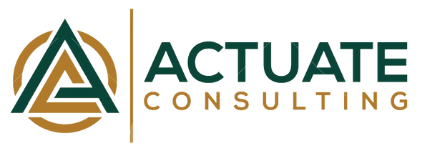The Key to Motivating Teams: How Culture and Personality Play a Role
Mark prided himself on being a results-driven leader. He believed in pushing his team to hit deadlines, rewarding high performers, and giving direct feedback.
But something wasn’t working.
Instead of feeling energized, his team seemed disengaged.
Instead of taking initiative, they waited for instructions.
Instead of celebrating wins, they barely reacted to his recognition efforts.
Mark was confused and frustrated. Why weren’t his motivational tactics working?
Wake-Up Call: The Leadership Blind Spot
Everything changed after a Leadership & Motivation Workshop.
The trainer shared an eye-opening insight:
“People aren’t motivated the same way you are. True leadership is understanding what drives others.“
Mark realized his mistake.
💡 He had been motivating his team the way he liked to be motivated—through competition, individual rewards, and fast-paced challenges.
💡 But his team had diverse cultural backgrounds and personality types that responded differently.
If he wanted them to perform at their best, he had to adjust his leadership style.

The Transformation: Personalized Motivation
🔹 Step 1: Understanding Cultural Values
Mark started one-on-one conversations with his team to understand their backgrounds.
🌍 He learned that some employees valued collaboration over competition.
🌍 Others preferred private praise instead of public recognition.
🌍 Some needed work-life balance to stay engaged.
🔹 Step 2: Leveraging DISC Personality Types
Through DISC assessments, he discovered:
✅ D-Types (Dominant): Motivated by challenges and autonomy.
✅ I-Types (Influential): Thrived on social interactions and public recognition.
✅ S-Types (Steady): Needed stability, teamwork, and appreciation.
✅ C-Types (Conscientious): Valued precision, detailed feedback, and logical explanations.
🔹 Step 3: Adjusting His Approach
Instead of using a one-size-fits-all method, Mark tailored his motivation strategy:
✔️ He gave D-Types more independence and leadership roles.
✔️ He recognized I-Types in team meetings to fuel their enthusiasm.
✔️ He provided S-Types with supportive collaboration and quiet encouragement.
✔️ He motivated C-Types by acknowledging their expertise and logical problem-solving skills.
The Outcome: A Motivated, High-Performing Team
✨ Engagement skyrocketed.
✨ Employees felt understood and valued.
✨ Productivity and morale improved significantly.
✨ Mark became a more effective, adaptable leader.
By recognizing culture and personality differences, he had unlocked his team’s true potential.
Want to Inspire Your Team to Perform at Their Best?
🚀 Are your motivational tactics failing?
🚀 Want to lead a high-energy, engaged team?
🚀 Learn how to use DISC and cultural awareness to drive success!
📢 Join our Leadership Motivation Masterclass today!

Looking forward to helping you step into your full leadership potential.
Best regards,

Checree Bryant
CEO Actuate Consulting




